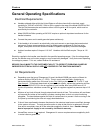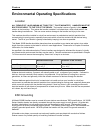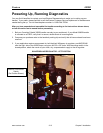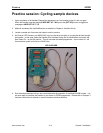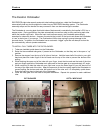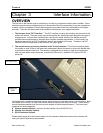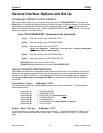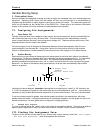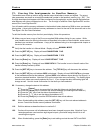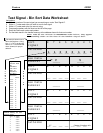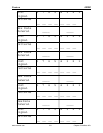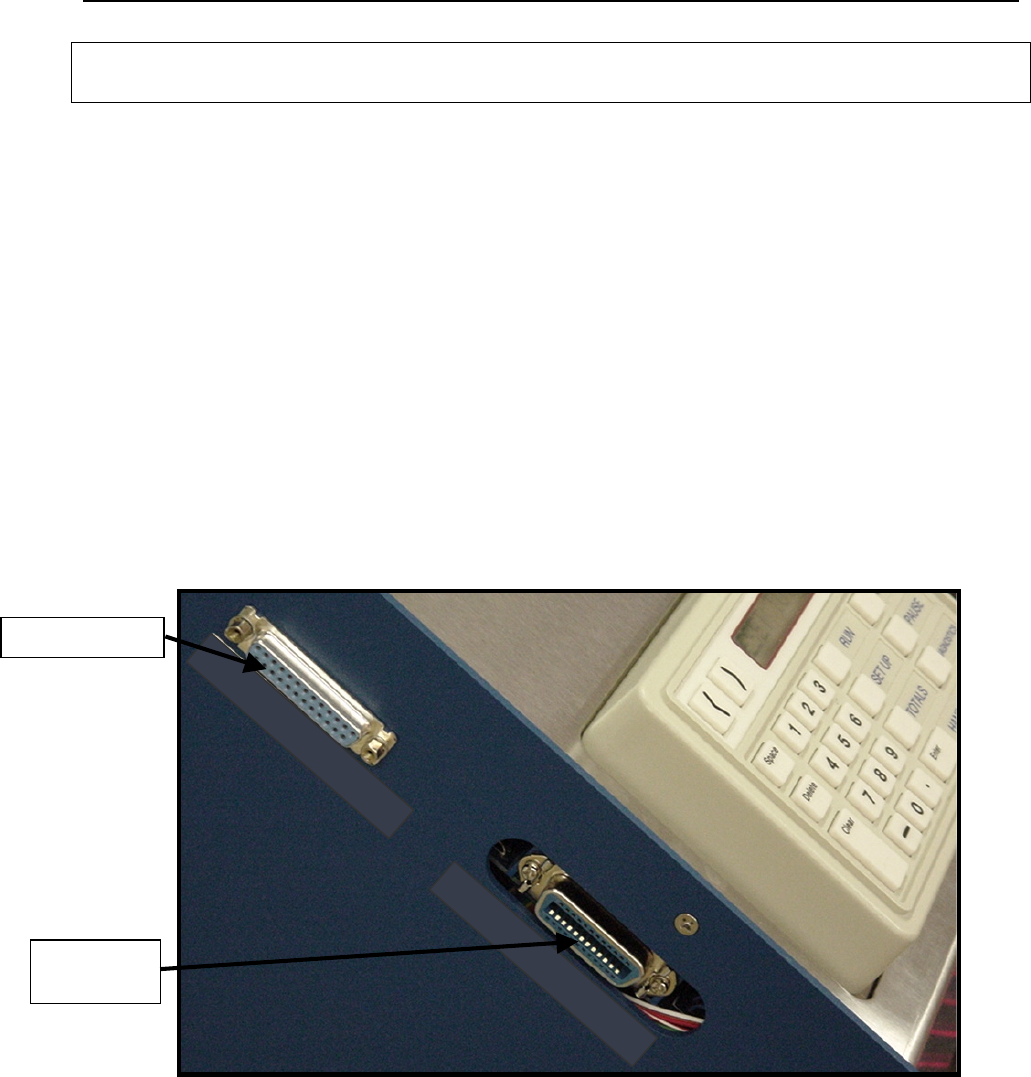
Exatron 3000B
www.exatron.com 3-1 Chapter 3 Interface Info
Chapter 3 Interface Information
OVERVIEW
The test site on the Handler may be interfaced to virtually any programmer and/or tester available. Some
interfaces require custom configuration prior to shipment but the only requirement for a given programmer
or tester is that it be capable of issuing and accepting commands to and from the handler or the system
controller. There are two basic parts to the handler's interface with your programmer/tester.
1.
The first part is the "DUT Interface."
The DUT Interface connects the handler's test contacts to the
tester's test socket. There are many ways to accomplish this, depending upon application and type of
changeover kit. A direct dock interface which connects the tester directly to the handler contacts
provides the best performance, although other interface methods are available. In most cases, the
hardware required for the DUT Interface will be built and installed at E
XATRON
. Therefore, the DUT
Interface will not be discussed in this section of the user's guide.
2.
The second basic part to every interface is the "Control Interface."
The Control Interface allows
the handler to send a Start to the tester and subsequently allows the tester to instruct the handler how
to process the device under test. The handler is equipped with a variety of ways to accomplish this
task using two basic means of access: a parallel port (E
XATRON
’
S
“Handler Port”) and an RS-232
serial port.
The handler has a number of operating features which relate to the handler's tester control interface. Both
the Handler Port and RS-232 Port have several distinctive options from which to choose. These various
control interfaces available from E
XATRON
are the subject of the following discussion. They have been
organized into three categories:
A. General Interface Options
, (common to both Handler Port and RS 232 Port)
B. Handler Port Interface Options.
C. RS-232 Interface
Options
.
Please read through all of the firmware options in this chapter to determine exactly which interface will
meet your specific application requirements.
RS-232 PORT
HANDLER
PORT



